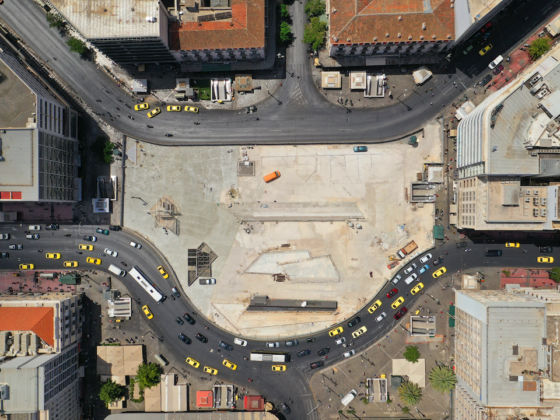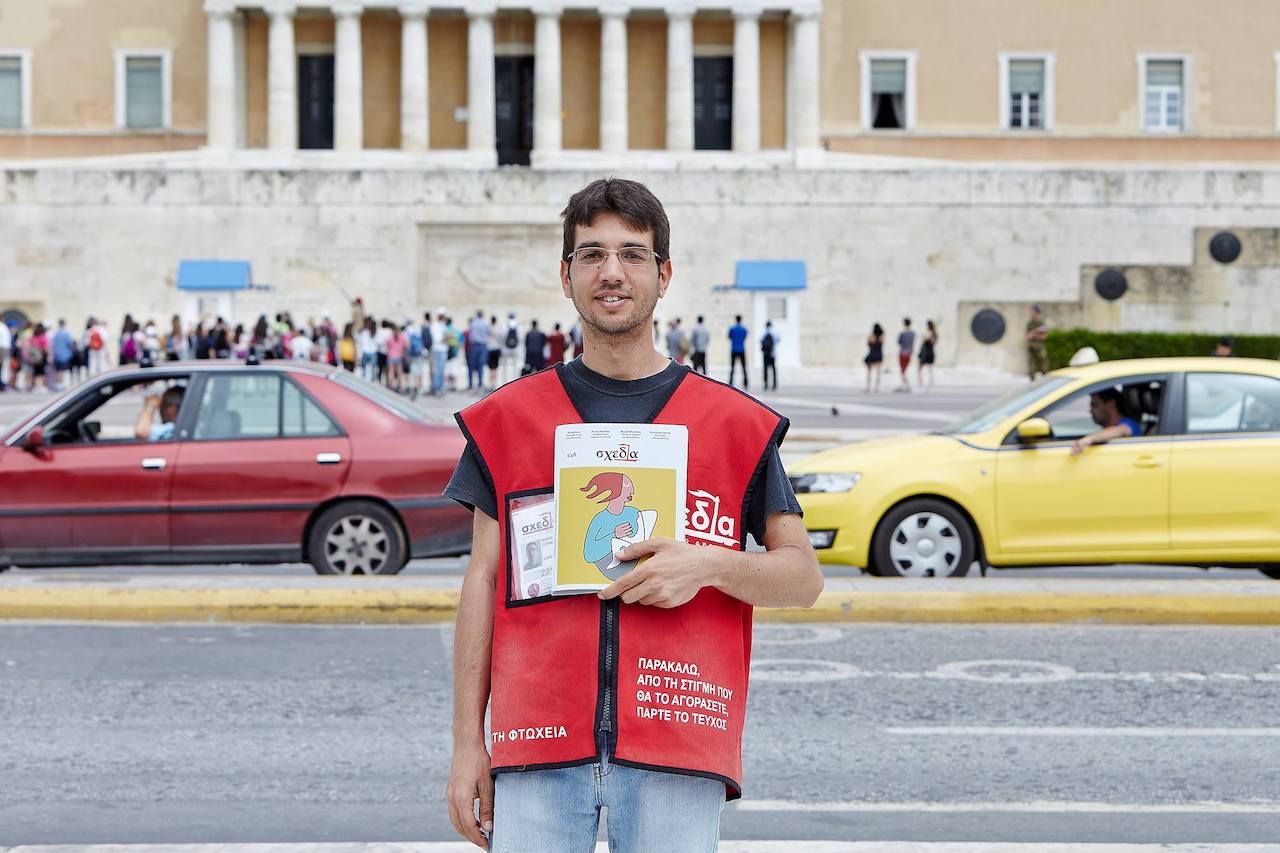Athens is among the world’s most historic major cities, a destination for lovers of history, architecture, and Greek mythology. More than five million tourists visited the capital of Greece in 2018. But there’s more to Athens than meets the eye — many Athenians have never fully recovered from the 2008 financial crisis and austerity measures.
I visited Athens in 2019, 11 years after the Global Financial Crisis (GFC) that saw the collapse of many parts of Greece’s economy. In 2008 the GFC, coupled with the worst refugee crisis in its history, put an immense social and economic strain on Greece and sent the country into an economic breakdown. It was the everyday people who suffered the most. In the years that followed, Greece’s unemployment rate increased to 27 percent. It’s lowered slightly but is still a major concern; in 2018, one in five Greeks were unemployed.



